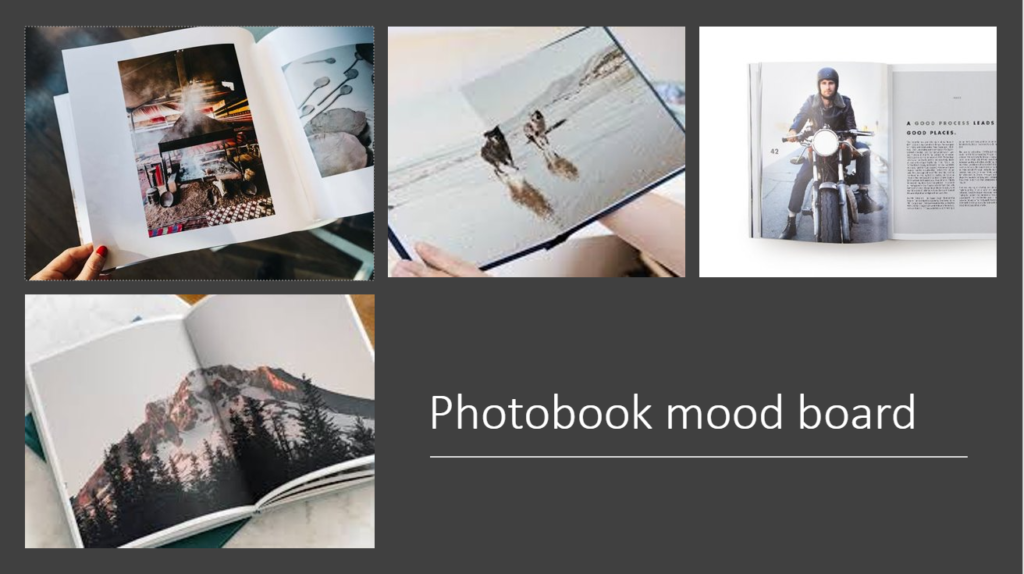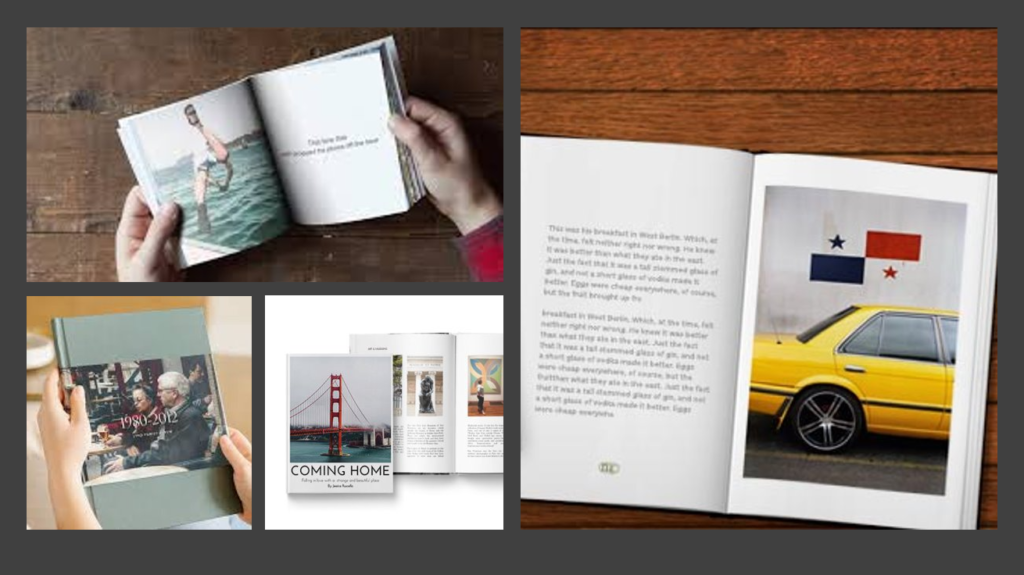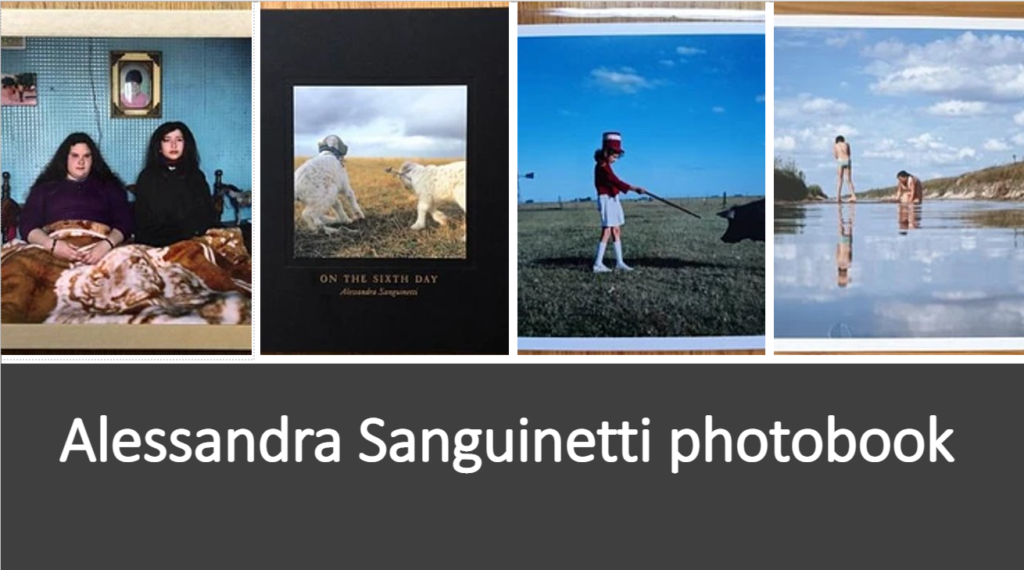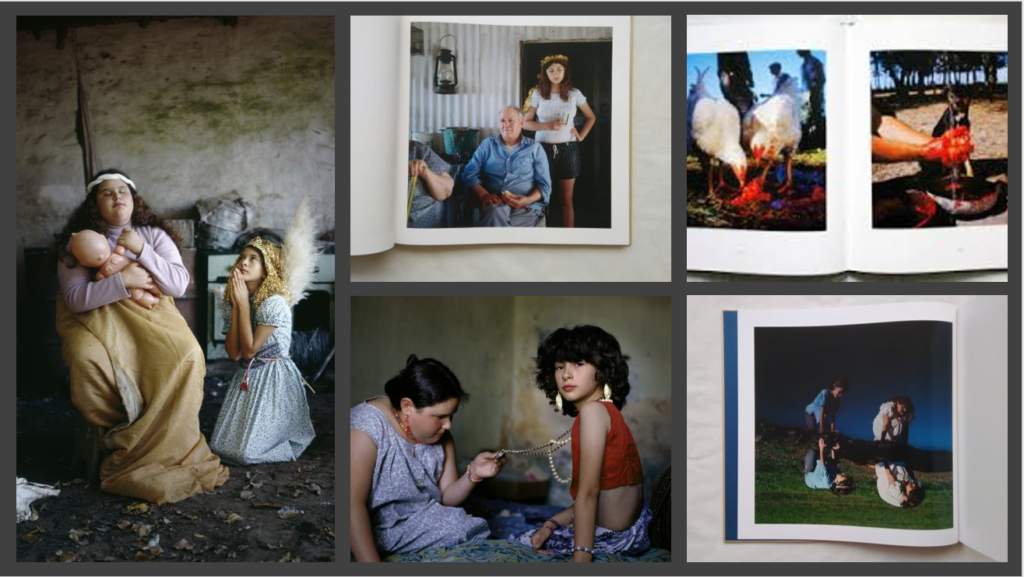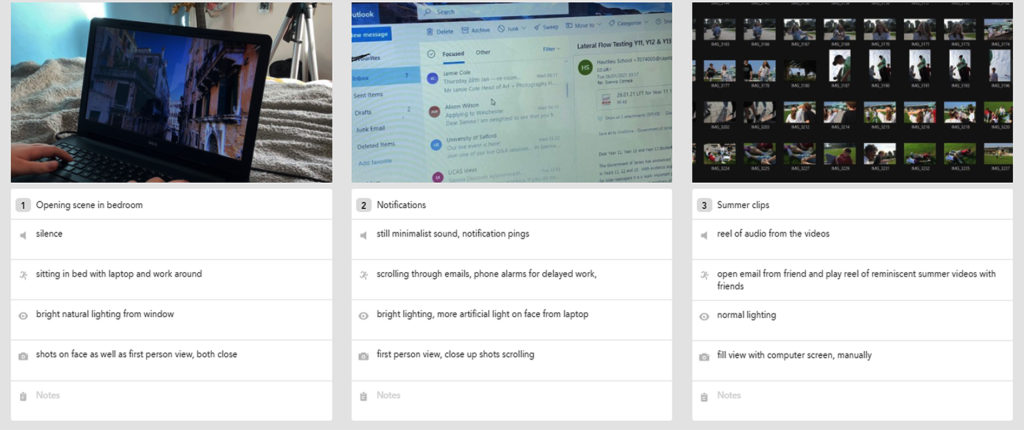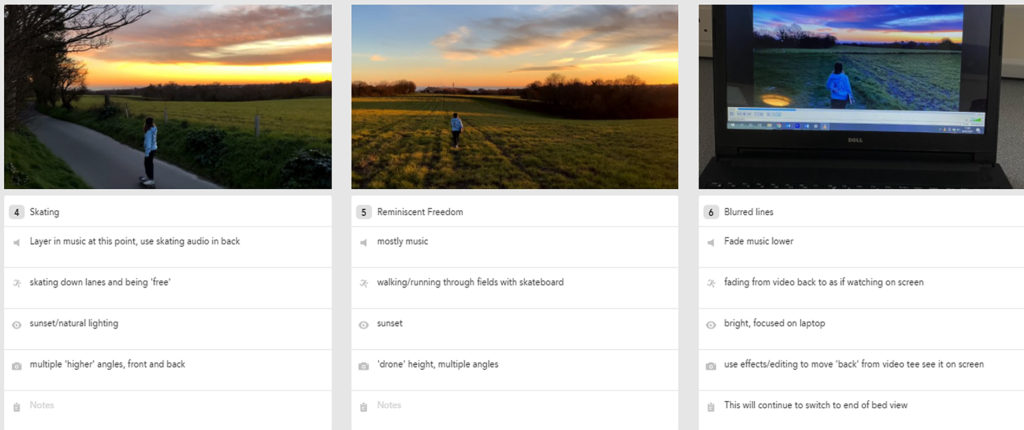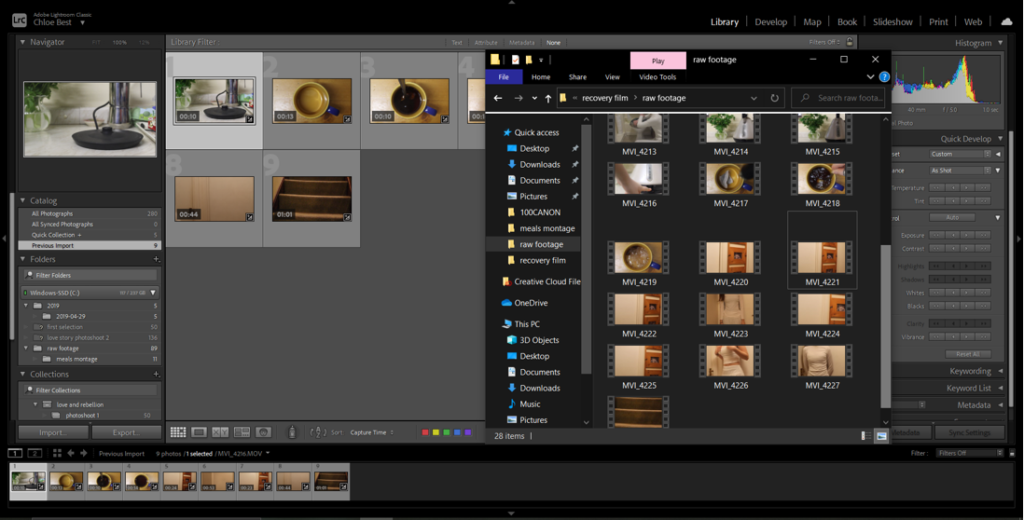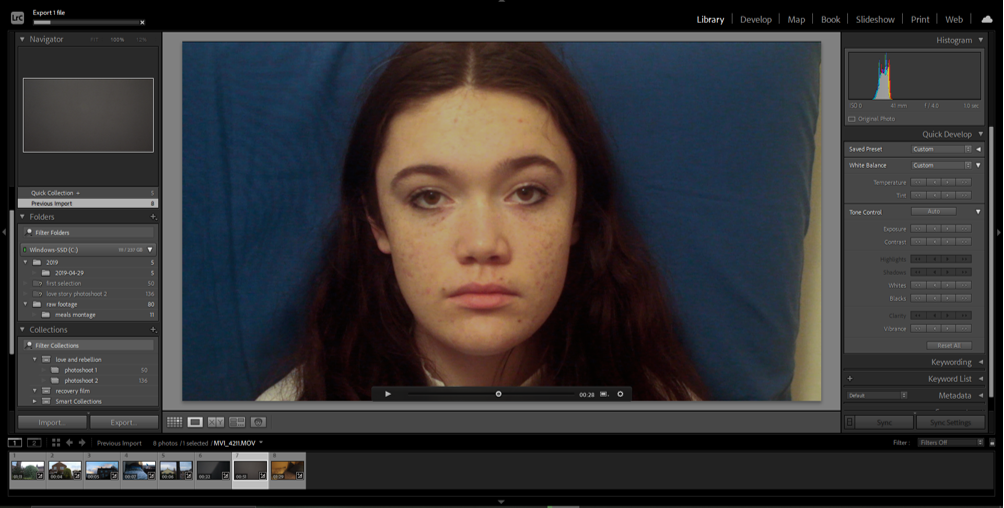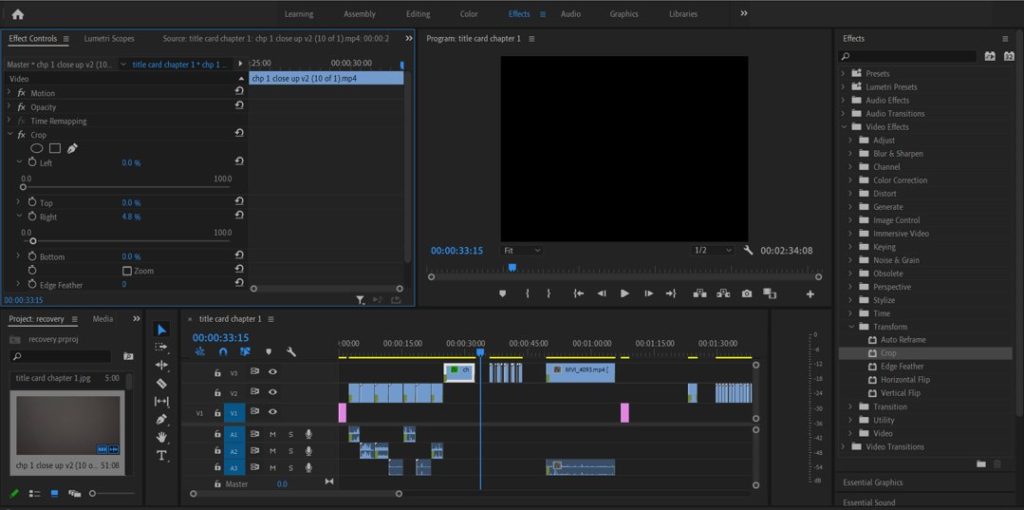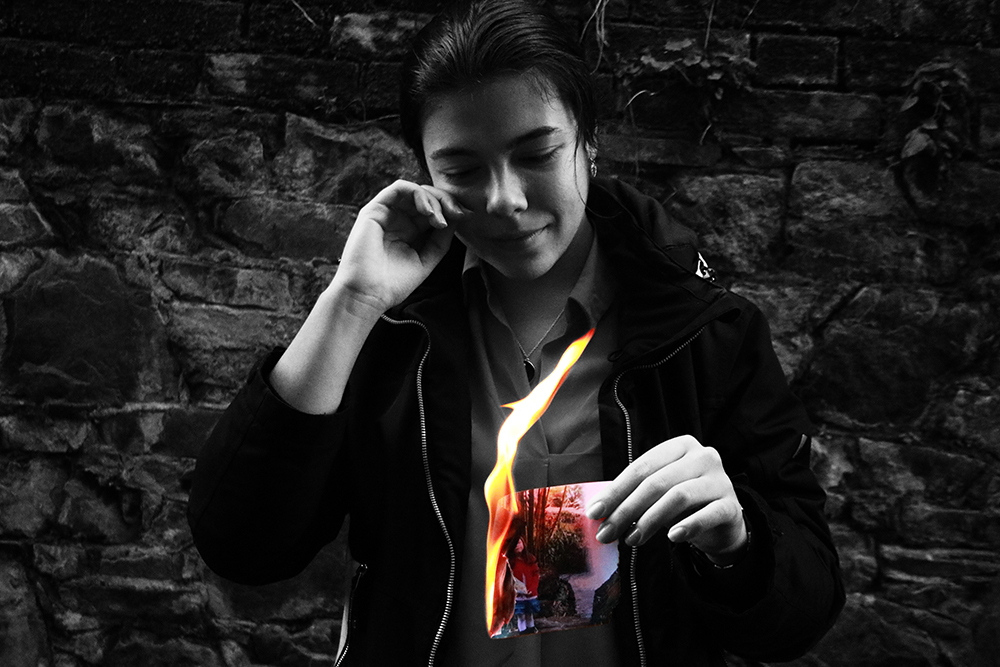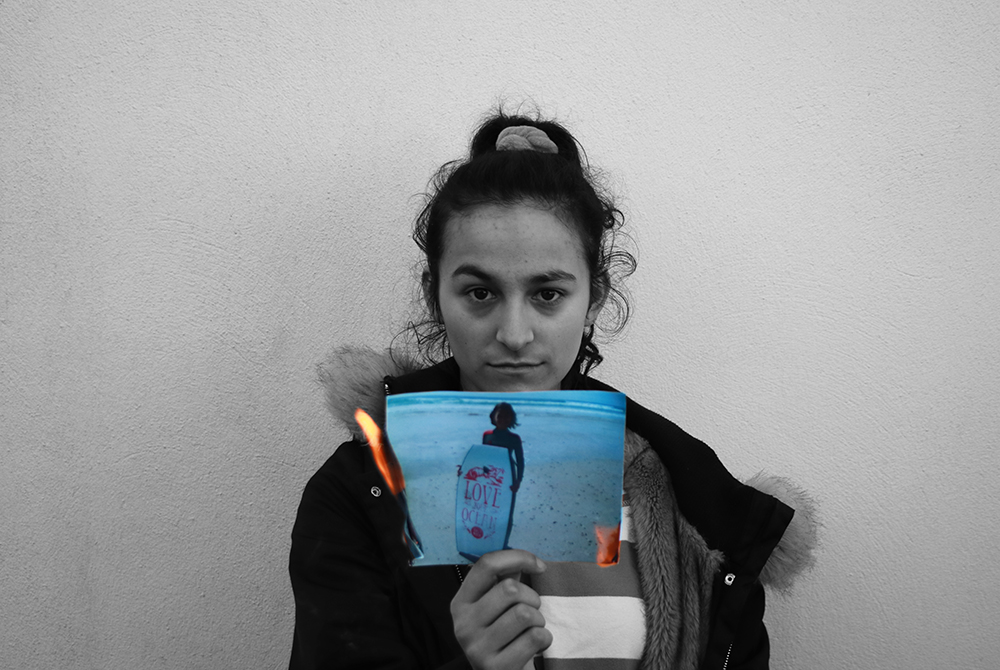Richard Billingham – Fishtank (1998)
Since throughout my project I have been closely referring to Richard Billingham and his documentary approach to photography, I feel as though it is most suited to deconstruct one of his films. Billingham’s intention is close to mine, I am planning on making a film of my Mother and he has closely photographed and filmed his parents for many years. Thus, I feel as though this deconstruction is particularly relevant to me.
Billingham takes a strong documentary approach to where he simply films his parents going about their every day lives. His Father is an alcoholic who often demonstrates peculiar behaviors (Ray) and his Mum (Liz) is an overweight, temperamental women. Although, Ray seems to be the main character throughout. In the beginning, there was no particular intention to photographing his parents, apart from using the images for references when painting them. However, when the images became a success, he continued to photograph them, and then began experimenting with film.
Here is a link:
Deconstruction
Immediately, when watching the clip, I find myself very uncomfortable as the scenes are very raw and real, almost as if I am there with Billingham and his parents. The scenes take place in their home; in the kitchen and in the lounge mainly. The camera angles vary, from being very close up to his parents’ faces to quite far away and including a shot of their home, which then adds to the atmosphere and essentially, ‘sets the scene’. Billingham often enjoys zooming in to a large scale, almost as if he is experimenting with his camera and seeing what works best. I’ve noticed in particular that he enjoys getting close ups of his father’s face and his father acting in his general, over exaggerated, humorous manner. There is most likely no editing that goes into Billingham’s ‘FishTank’ series since the scenes are quite messy, unplanned and not very visually pleasing. However, this doesn’t make the documentary ‘bad’ in fact it makes it that bit more intriguing. The main character in the series is clearly his Dad, most scenes are of him drinking and generally being rowdy. But his mother and brother are also included in the scenes. His scenes capture a range of different events in his home including; drinking, play fighting, smoking, his mother putting on makeup, arguing between his parents, the TV etc. He also tends to use the real-life sounds that come with his videos. There’s no editing with the audio and no sound-scaping or overlaps. This intensifies the documentary feel to his videos and again creates the feeling that you are there with them while watching. You also find him speaking behind the camera, which I find interesting and gives you his point of view of the situation, through audio rather than camera. The general colouring and toning of his footage is also completely natural, no editing there, however the lighting is mainly created by the artificial lights that are in the house. Technically, the camera he uses is clearly quite old (it was filmed in 1998 and he was able to get hold of a small hand-held camera) which again adds to the atmosphere and emphasizes that documentary feel. Billingham has stated previously that he didn’t want to focus on visuals too much and wanted to make the footage moving rather than aesthetic, which explains the lack of editing and composition.
Theory
Focus: The moving of the lens elements until the sharpest possible image is achieved. Depending on the distance of the subject from the camera, the focusing elements have to be set a certain distance from the camera’s sensor to form a clear image. A typical auto focus sensor uses a charge-coupled device (CCD).
Billingham tends to experiment with focus quite a lot within his Fishtank documentaries, this usually can be seen when he zooms in closely to his father’s face. His camera tends to de-focus with the fast paced movement with the zoom, then Billingham readjusts the focus so that the footage of his dad is clear.
Depth Of Field: For many cameras, depth of field (DOF) is the distance between the nearest and the farthest objects that are in acceptably sharp focus in an image.
Billingham tends to have a short depth of field. It is clear that he is very up close and personal within his methods. As mentioned, he likes to focus his camera very closely on things, and enjoys zooming in closely. Emphasizing his short depth of field.
Angles:


I’d say that Billingham doesn’t use a specific angle method as he is simply holding his camera and filming what is in front of him. However, out of all the angles within photography, I would say that he mostly uses the bulls eye composition method where the subject is pretty much smack bang in the center. This can often be seen when he his filming his dad in particular. He also tends to use canted angles which is where the camera is slightly tilted however I don’t think this is purposeful.
Movements:
Different movements in photography consist of; tracking, pannin, craning, titling, Steadicam etc. However, these are more high-end, technical filming techniques that usually come with larger cameras.

Billingham uses a hand-held approach. His camera was a hand-held one at the time when he was filming Fishtank which often came with shaky, real-life visuals. This increased his documentary style and made it feel as though we were there with him at the time.
Shot Sizes:




Billingham tends to use these shots when filming. He also uses establishing shots that show the scenes of his house however when filming his parents he tends to use these specific shots above. He uses the close up, big close up and extreme close up mainly on his father in the video I linked above.
Editing:
As mentioned earlier, Billingham didn’t tend to edit his footage too much as he wanted it to be as raw as possible. The editing method he is most close to using is Continuity Editing. Continuity editing is the process in film and video creation where you combine related shots, or different components of a single shot, into a sequence which directs the audience’s attention to the consistency of story across time and location.
Continuity editing aims to create a sense of realism or ‘believability’ which essentially is Billingham’s aim in his documentaries.
I will most likely be using this method of editing in order to create a realist experience within my work and to increase the documentary style.

